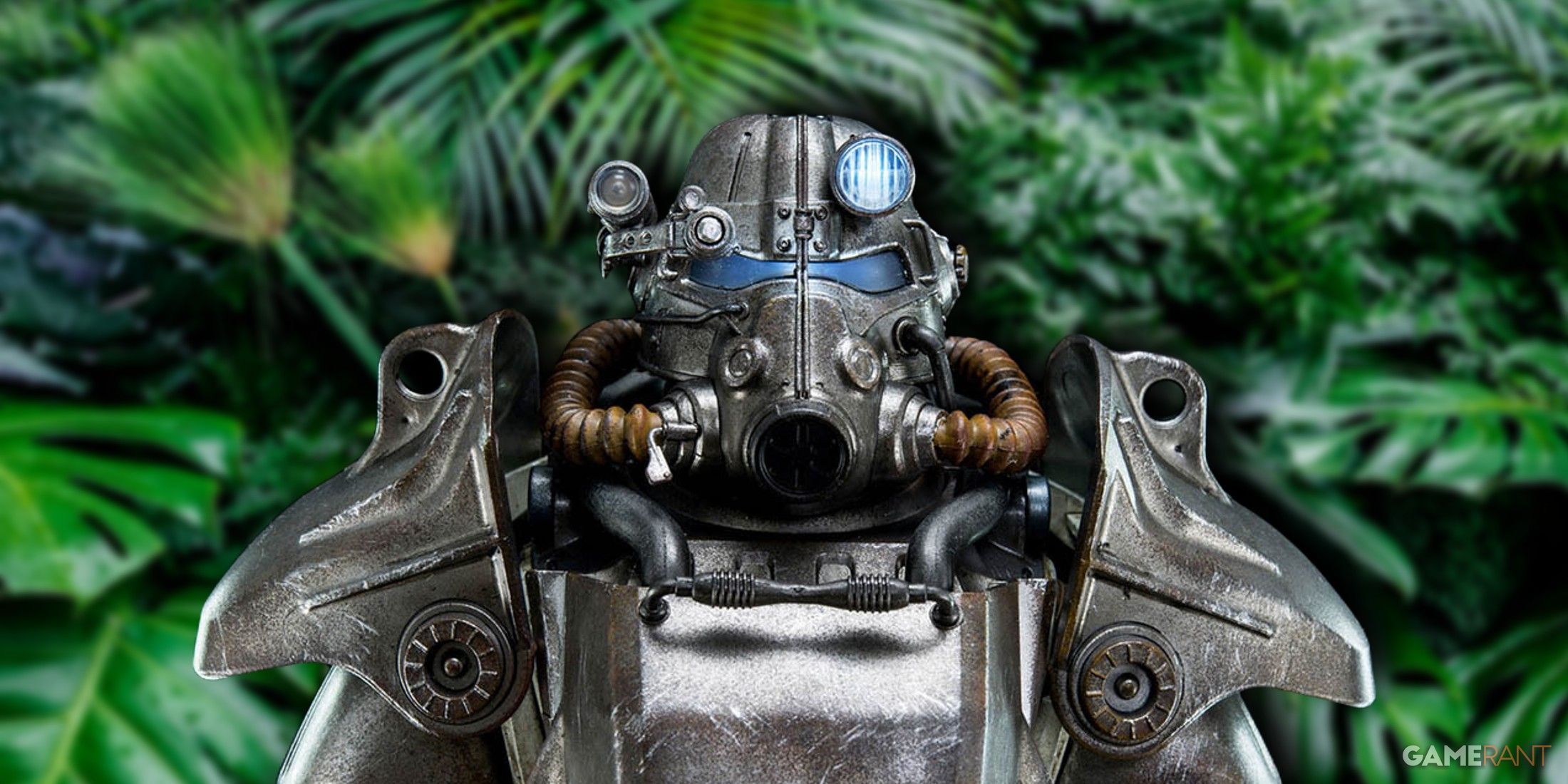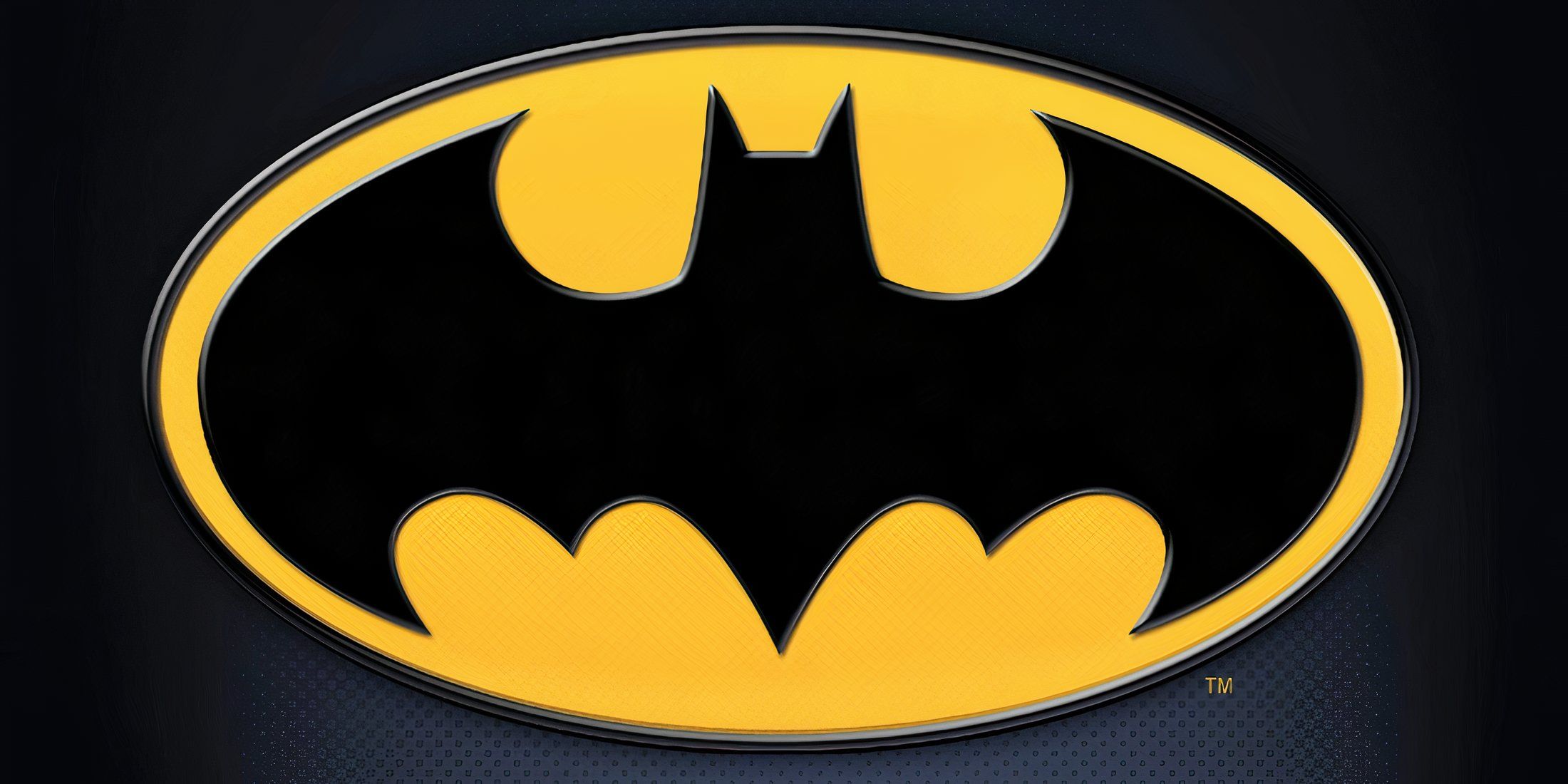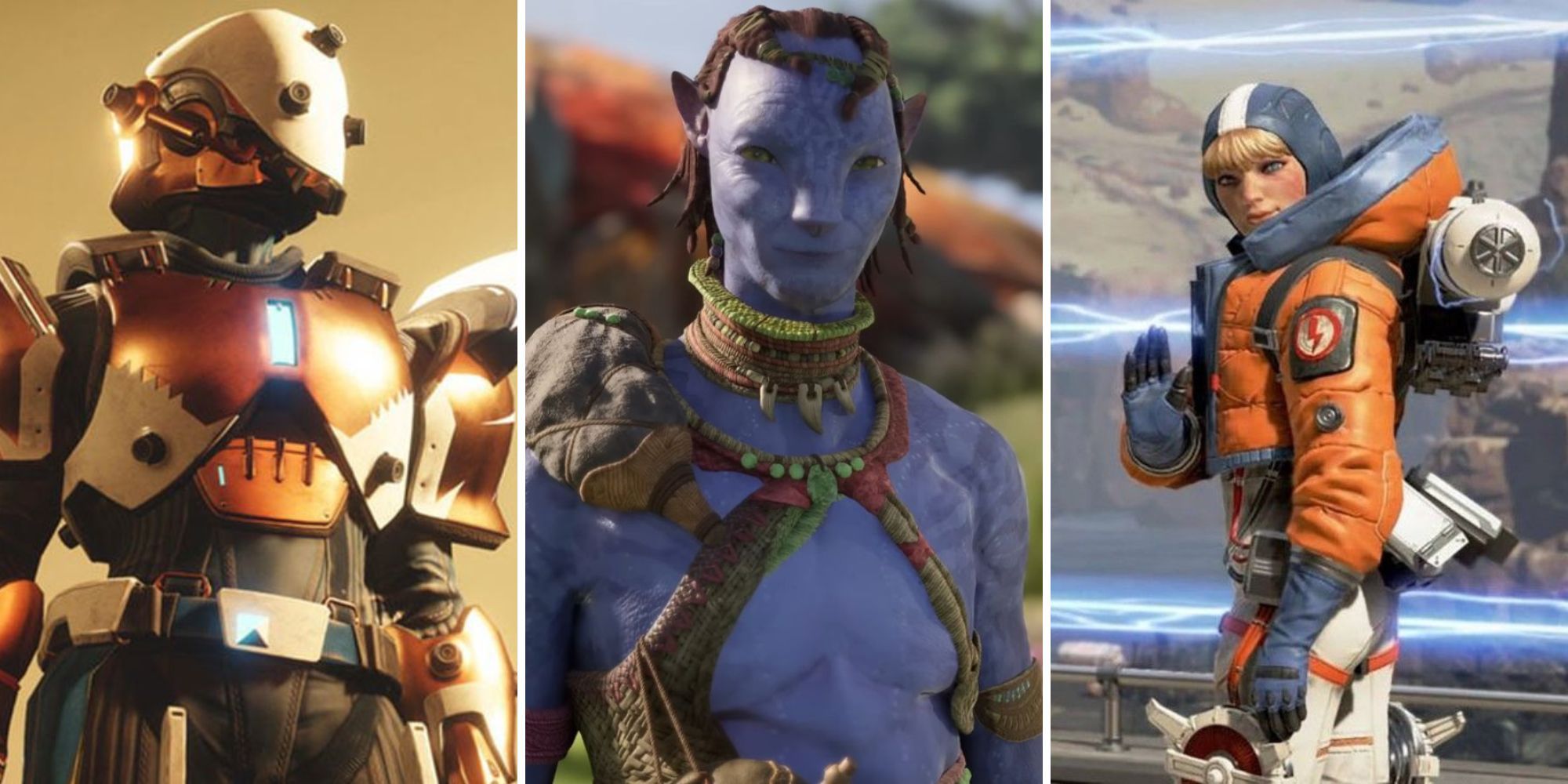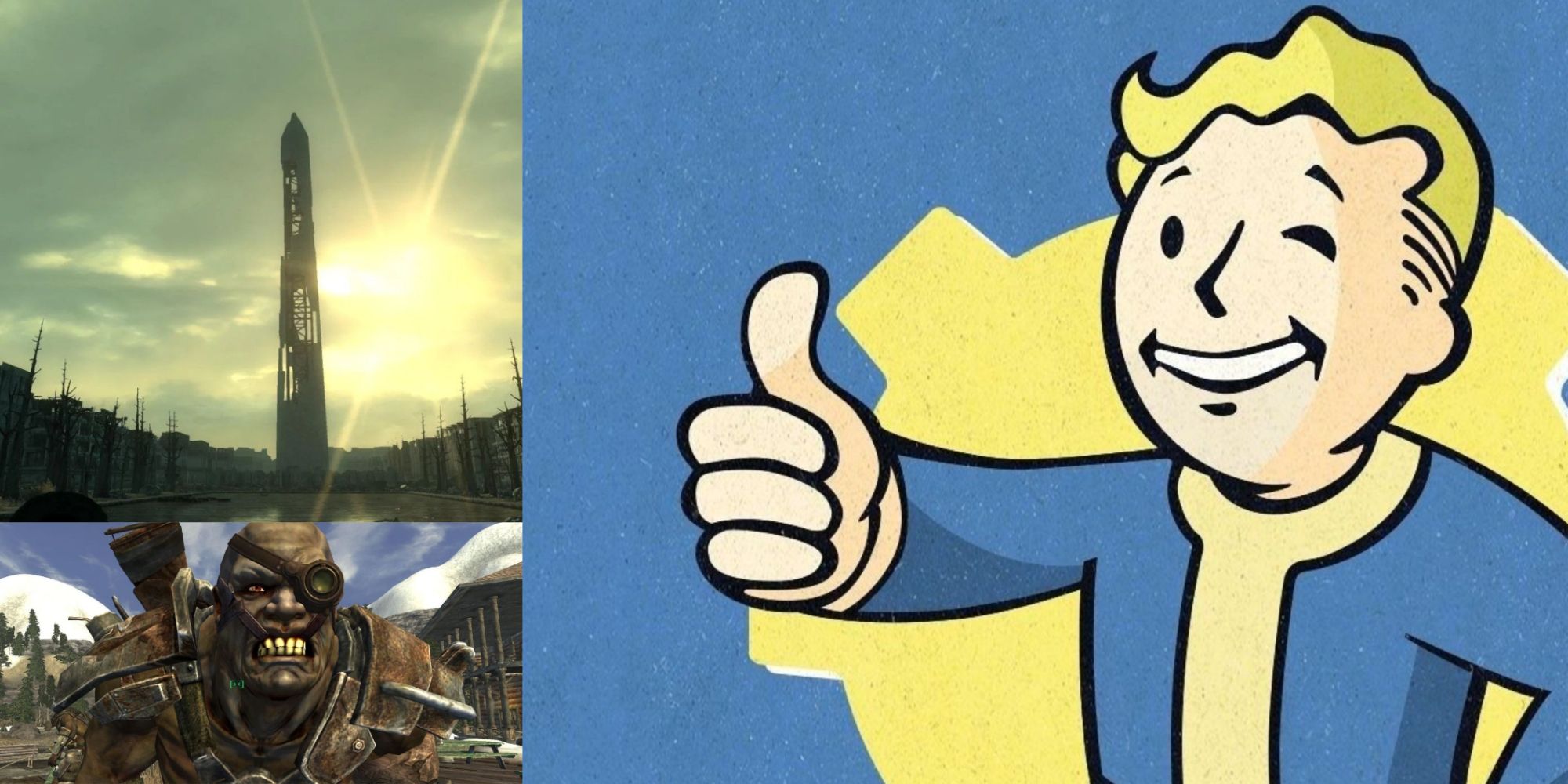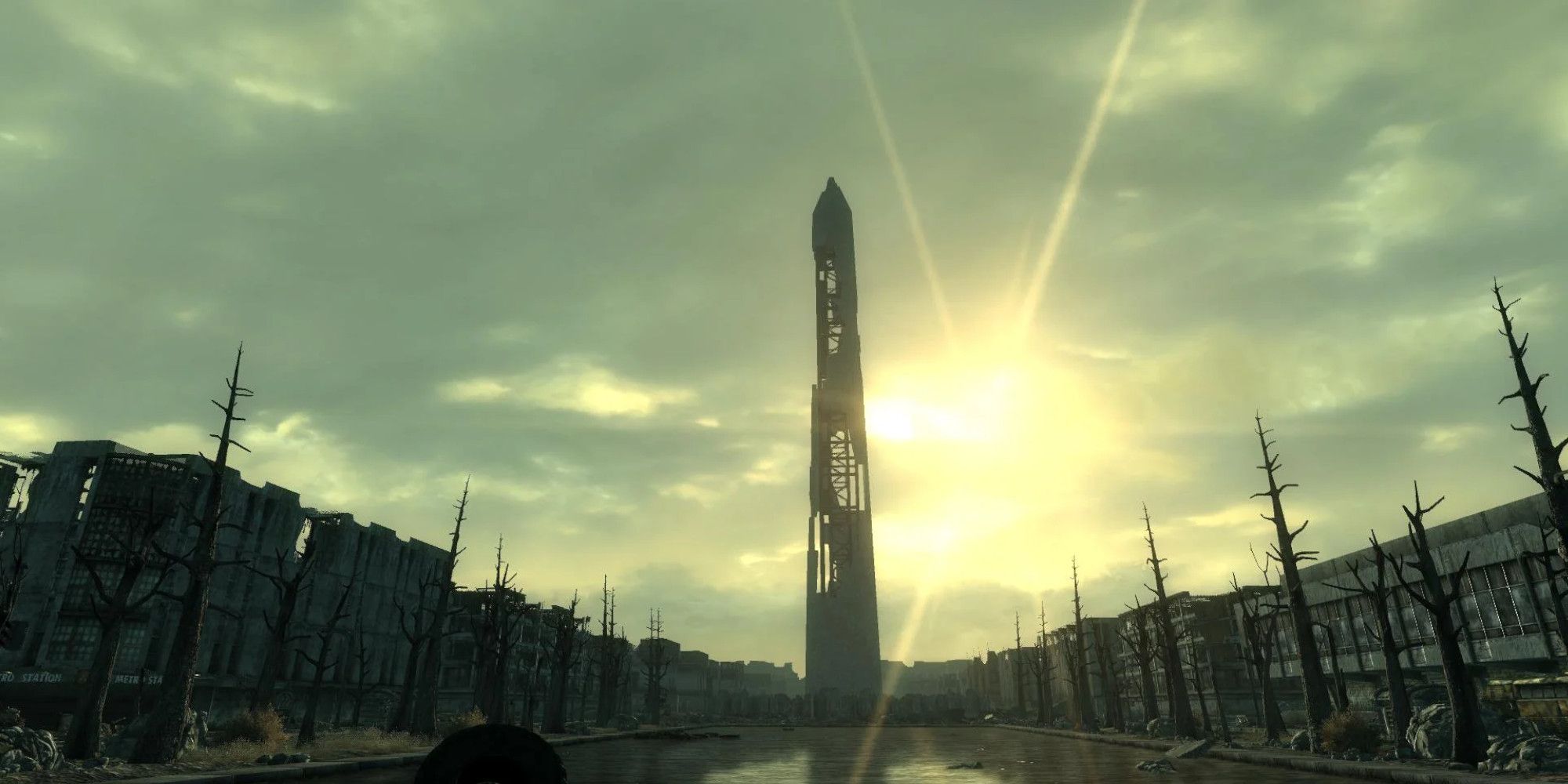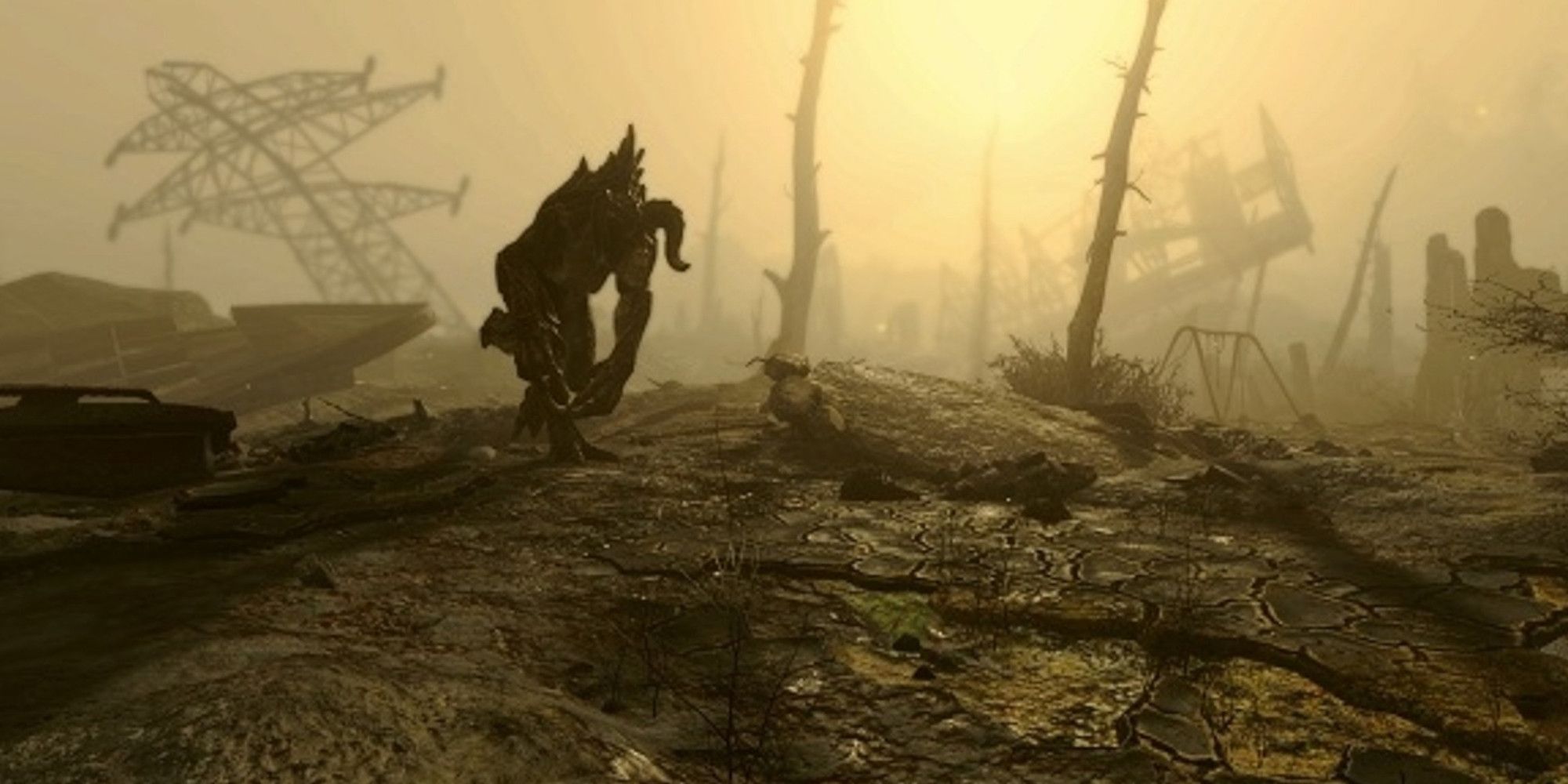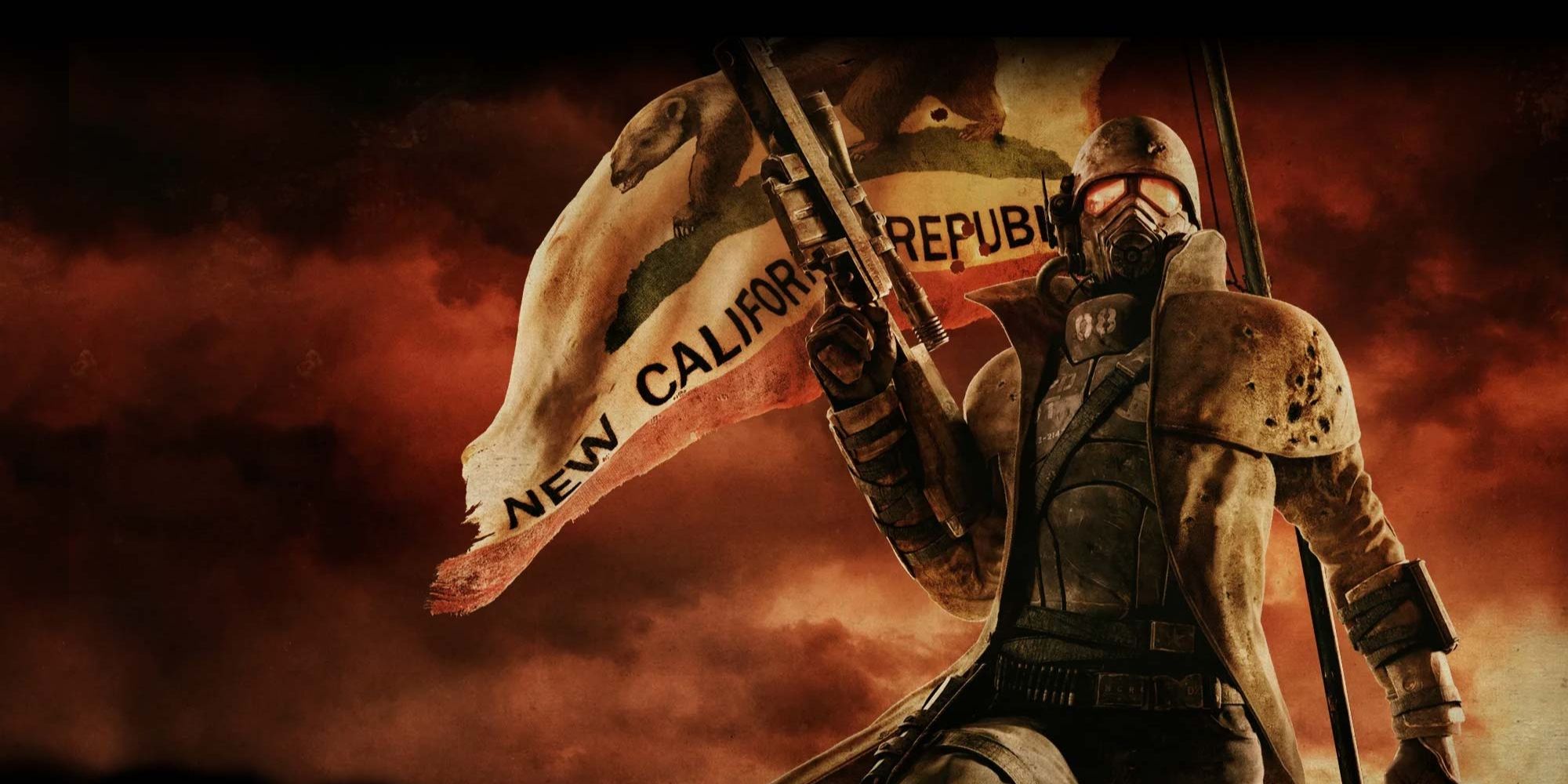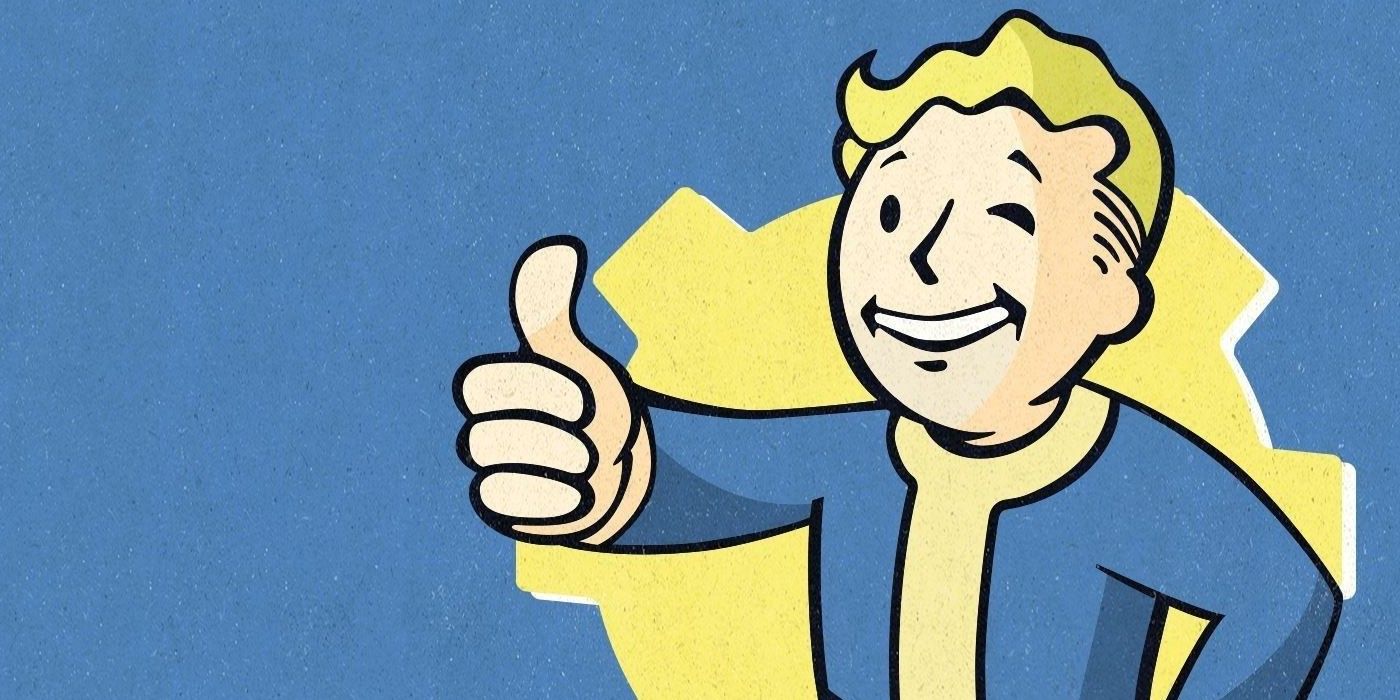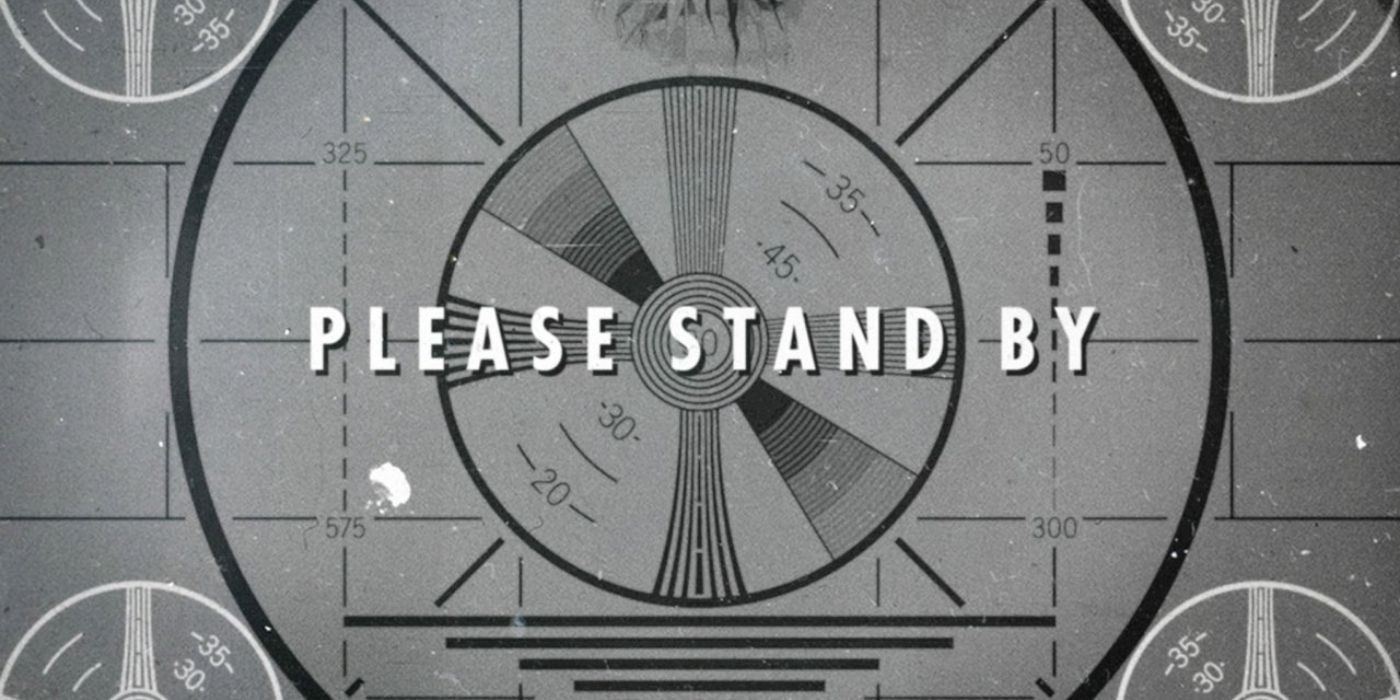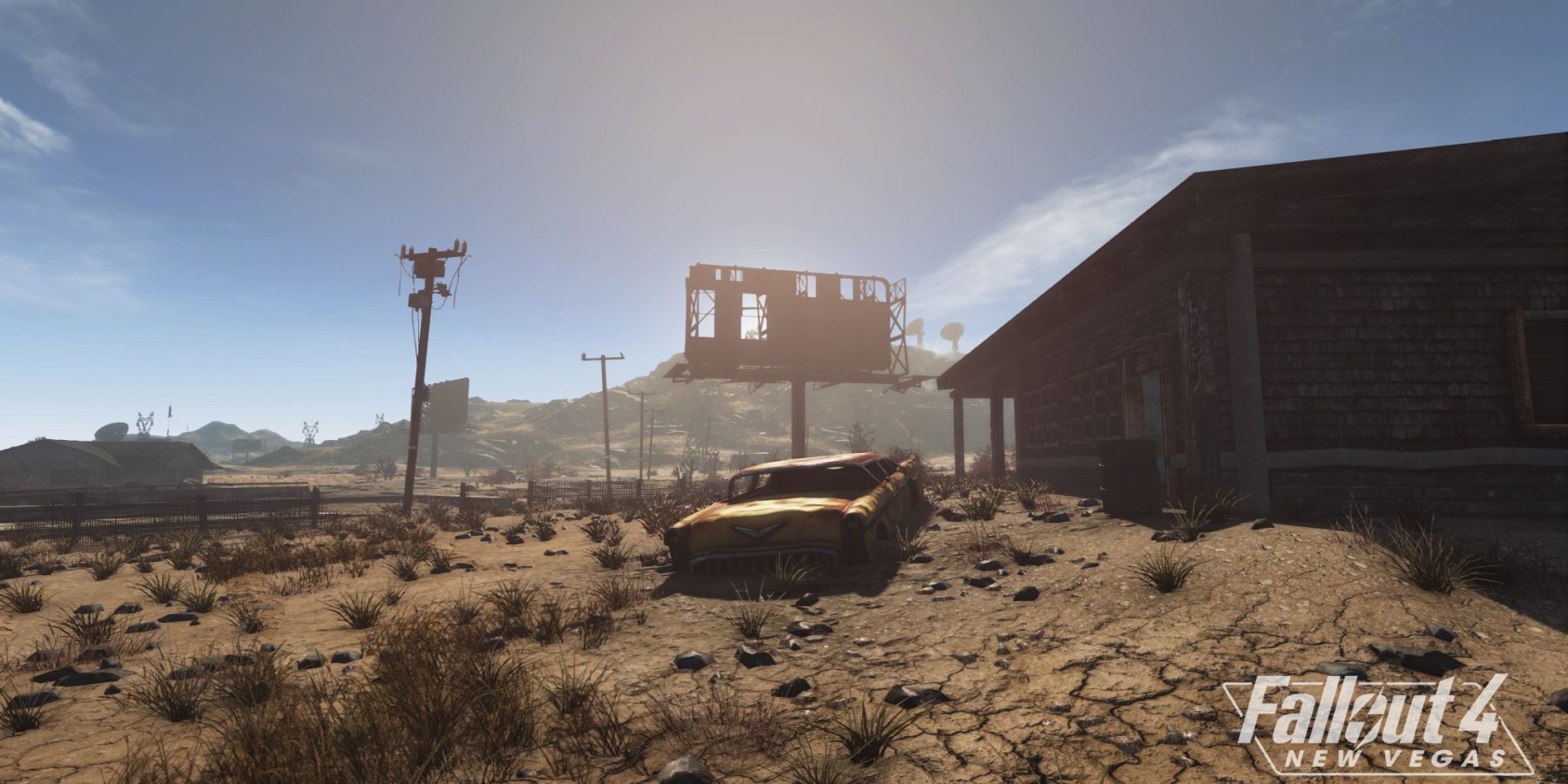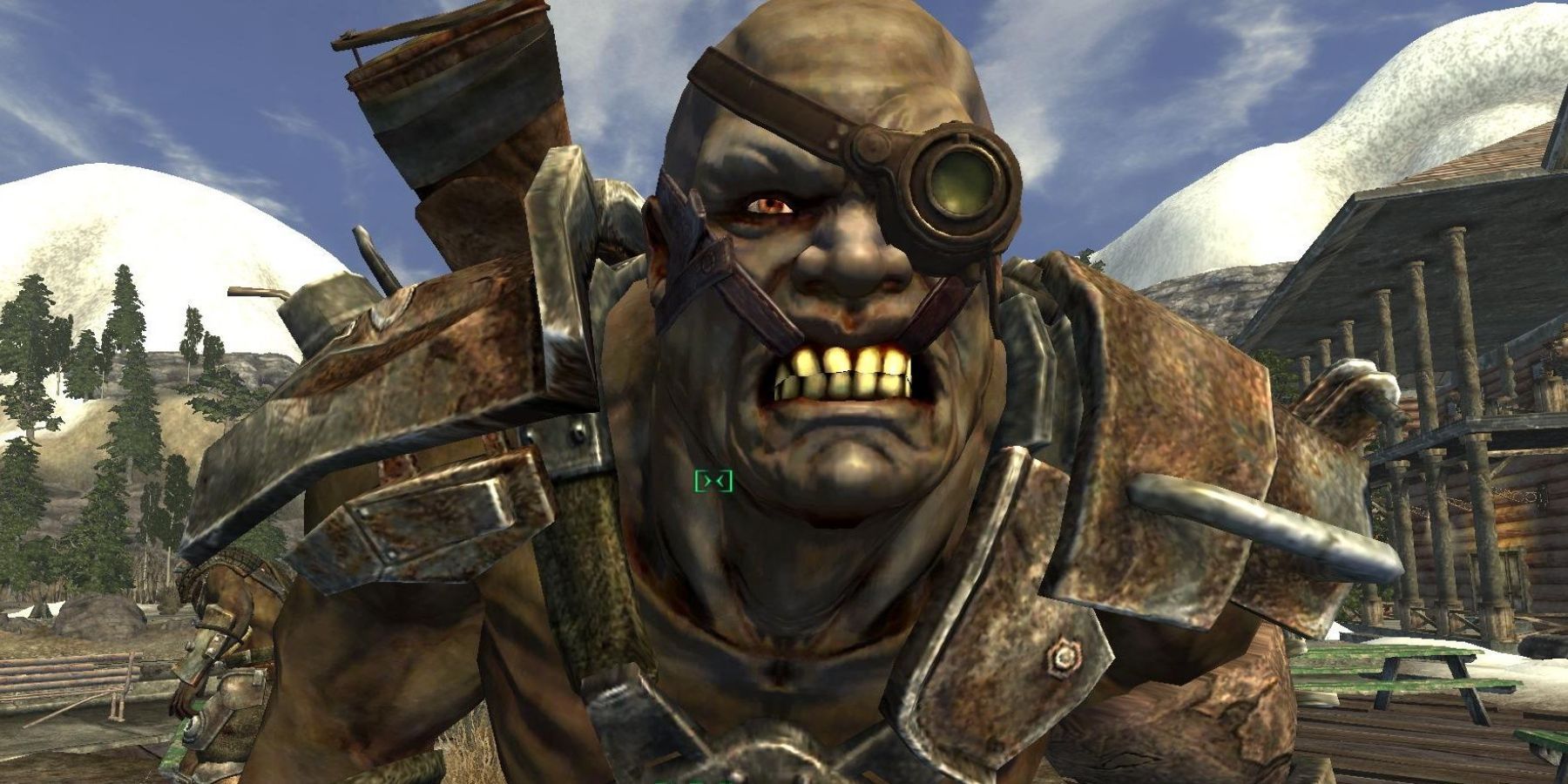The Fallout franchise is fairly old by this point. However, after 25 years, several releases, and more than a few major identity change-ups, the franchise is still going strong. If anything, Fallout has proven that the sky is the limit and that, if treated correctly, it can really only gain more popularity as time goes by.
That said, the franchise's time as one of the premier open-world shooters has seen the rise of more than a few myths and misconceptions relating to gameplay, development, and more. The most common Fallout myths and urban legends have been spreading around the community for years, with some even filtering out to the general gaming populace.
1 Point of Divergence
A common piece of Fallout lore trivia is that it is technically an alternate-history story. Many actual historical events took place in the Fallout universe, however, at some point, the timeline no longer resembled that of the real world. Most people assume the point in time at which history began to diverge to be 1945 - the end of WW2.
In reality, though, the divergence is far more gradual. Events prior to and well after the Second World War (which itself remains unchanged from real history), indicate several smaller changes in the timeline rather than there being a singular divergent event.
2 The Wasteland Is Realistic
Virtually every Fallout game is set in a blasted-out, lifeless desert world with close to zero plant life of any kind. In some games, this has been explained away as being the result of radioactive fallout from the atomic war. However, this isn't actually a thing. As Chornobyl has proven, even obscene levels of radiation do not stop vegetation from growing.
The world would not remain a desert for 200 years after a nuclear war. Moreover, in that time, there really shouldn't be any man-made structures left standing without maintenance, but then there really wouldn't be a game, would there? Fallout's setting has less to do with realism and more to do with it being visually interesting and atmospheric.
3 Bethesda Rushed Obsidian to Make New Vegas
When New Vegas was first released in 2010, fans and reviewers alike were quick to note that it was rather buggy and unstable. Many pointed out that the game was completed in under two years, which led to it gaining a reputation for being absurdly rushed. Over the years, however, the narrative eventually morphed into one that purposefully implicated Bethesda, who allegedly rushed the development team unnecessarily.
This has since been proven to be untrue, with even Obsidian co-founder, Chris Avellone, confirming that Bethesda was actually extremely cooperative during development. In fact, it was ultimately revealed that it was Obsidian themselves that chose such a short development window.
4 Vault Boy's Rule of Thumb
For some reason, a nontrivial amount of Fallout fans got it in their heads that the famous image of Vault Boy, the franchise's mascot, holding his thumb up was actually him measuring the size of a mushroom cloud. This is supposedly done to see if one is too close to a nuclear blast.
Not only is this rule of thumb for mushroom clouds not a real thing, but developer Brian Fargo, who worked on the original Fallout games, has confirmed that Vault Boy only has his thumb up because he's got a positive attitude.
5 It's Just The 50s all The Time
One misconception that a lot of Fallout fans have is that the series is basically just the 50s but all the time. While the 1950s has a heavy influence on the artistic direction of the series, even from the beginning, it was evident that the universe had advanced beyond that time period.
Aside from most of the games taking place sometime after the year 2077, the retro-futurism of the series extends even as late as the 1990s in some cases. Players should also keep in mind that this is also a series heavily inspired by Mad Max, which is a 1980s action movie series.
6 The Mojave is Just Empty Nothingness
Some fans of the series have criticized Fallout: New Vegas as having a rather dull setting. It's been described as not having anything to see or do of value. However, this really isn't true. While the game is far less loot oriented than the two games it's sandwiched in between, New Vegas' world design is much more based on narrative.
This is to say, what takes the player around the Mojave Wasteland isn't merely the pursuit of goodies like it is in Fallout 3 or 4 (although that is certainly doable). It's the stories of its characters and the player's role in shaping them that make it interesting. For players used to mindlessly exploring, New Vegas probably would feel like a downgrade, but for players with an eye for a good story, it has arguably the best setting the series has ever seen.
7 Super Mutants Are Big Dumb Ogres
Fallout 3 is mostly to blame for this particular myth becoming so widespread. A lot of people seem to think that Fallout's super mutants are nothing but big dumb monsters. However, this isn't really the case. In the original games, there is a much wider range of intelligence with regard to super mutants.
Some are definitely a little on the slow side, such as Harry, who is easily tricked by the player. Others, such as Marcus or the Lieutenant, are as smart if not smarter than the average human. New Vegas also does a rather good job of bringing back the smarter mutants, who are just as likely to be encountered as the dumb ones.

